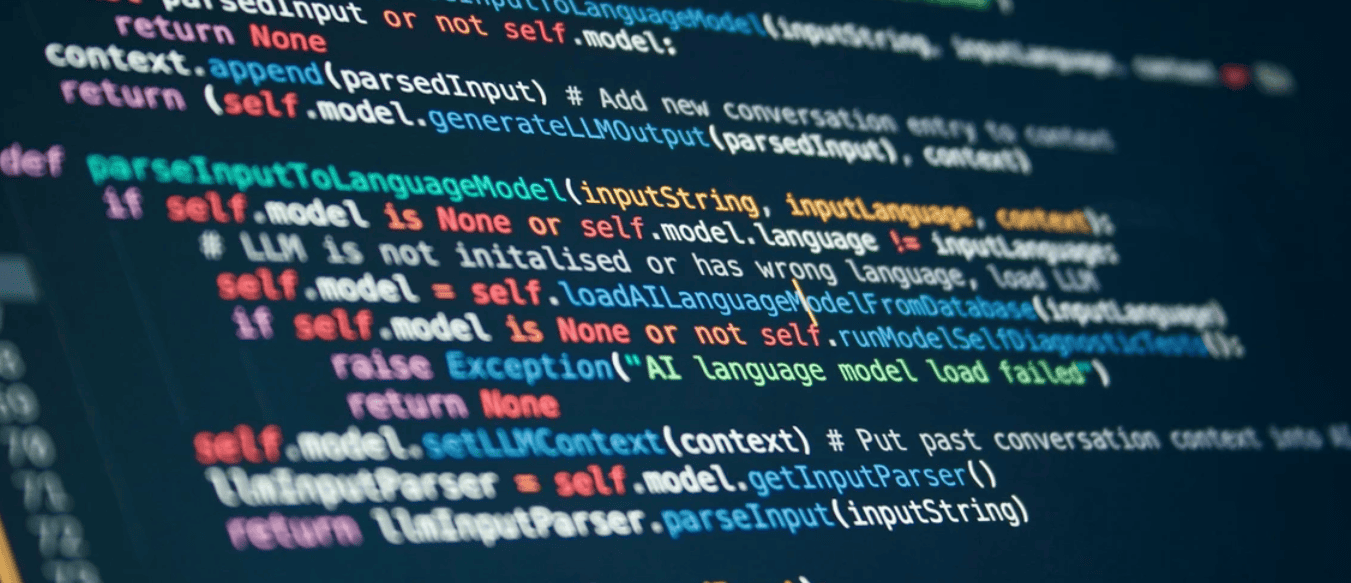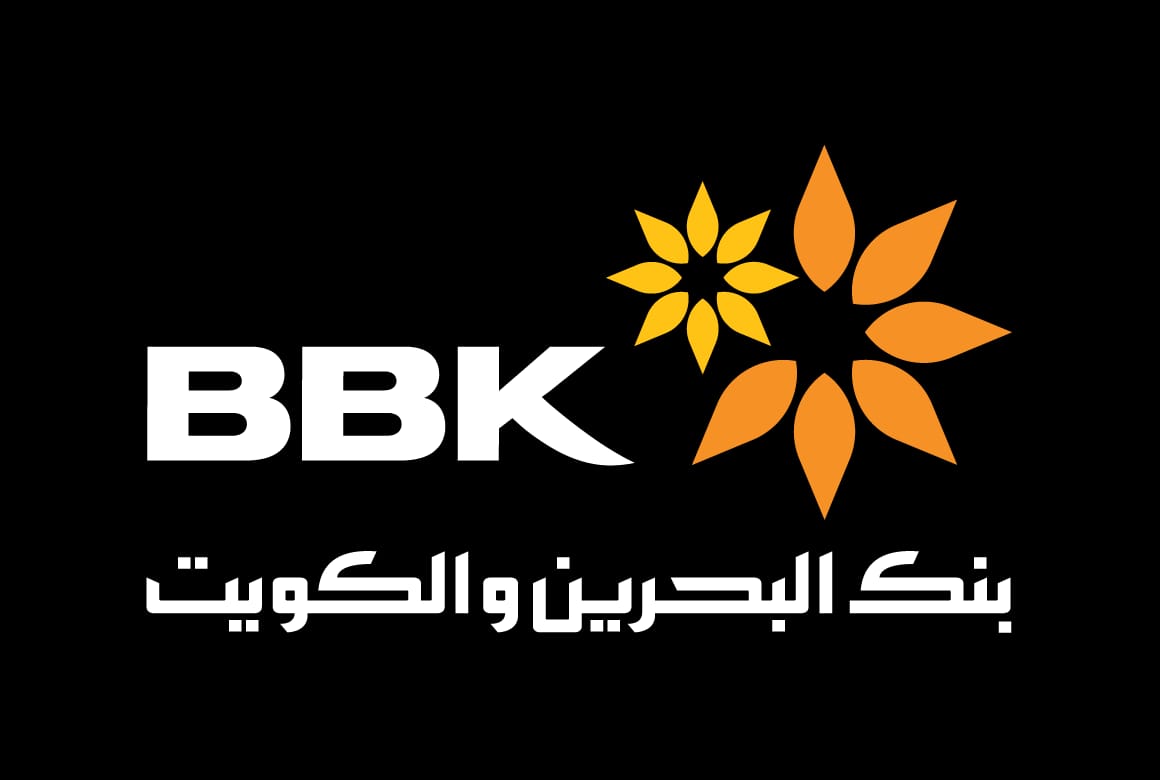Policy debates around education tend to focus on class size and teaching quality. But a recent body of research highlights the role parents play in shaping student effort. This column uses a survey among parents of primary school students in the UK to examine how different types of resources affect parental involvement in their children’s education. Distinguishing between resources for in-person and remote learning, the authors find that remote learning investments enhance parental involvement and prove a more cost-effective intervention than reducing class size, subsidising parental time, or hiring tutors.
The policy debate on improving student learning outcomes has traditionally focused on increasing education spending to enhance school inputs such as reductions in class size or improvements in teacher quality (for examples, see Halim et al. 2019). However, a growing body of research highlighting the critical role of parental involvement in shaping student effort and achievement has spurred interest in interventions aiming at fostering parental engagement (Doepke and Zilibotti 2017, Albornoz et al. 2018). The interaction between school inputs and parental involvement remains underexplored, despite its implications for the design of cost-effective education policies. Understanding whether investments in school resources complement or substitute for parental effort is crucial for optimising education policies that maximise student learning.
The interaction between school resources and parental involvement
In a recent paper (Albornoz et al. 2025), we examine how different types of school resources affect parental involvement in children’s education and, consequently, student effort. We distinguish between two types of school resources: in-person learning resources (such as smaller class sizes), and remote learning resources (such as teacher effort in preparing homework assignments).
We designed and implemented an online survey targeting a representative sample of parents with primary school-aged children in the UK. The survey collected detailed information on school-provided resources and parental involvement, including time the children spend studying independently and time they spend studying with parental assistance. Finally, we conducted a series of elicitation exercises in which respondents were presented with hypothetical scenarios regarding changes to in-person and remote school resources, and expressed how they (and their child) would react in each case. Using the variation provided by these elicitation exercises, we were able to identify and quantify how parents adjust their involvement in response to changes in school inputs, providing novel insights into the interplay between educational investments at home and at school.
We find that the distinction between different types of school resources matters. While parental involvement decreases when schools invest in resources for in-person learning (Fredriksson et al. 2016), improving remote learning resources has the opposite effect, increasing the time parents spend supporting their children’s study efforts. These resources encourage greater parental engagement with their children’s education at home. We summarise our findings in Figure 1 below.
Figure 1 Effect of changes in school inputs on parental effort


Note: this figure summarises the effect of a one standard deviation increase in school resources on parental effort, measured by the number of hours parents spend during the week helping their child with schoolwork. We use class size as a proxy for in-person learning resources, and teacher effort in preparing homework assignments as a proxy for remote-learning resources.
The effect of school resources on student effort: Unpacking direct and indirect effects
Building on these findings, we develop a theoretical model to explain the determinants of student learning. In our model, school inputs and parental involvement create a framework of incentives and rewards that encourage students to exert effort, leading to a positive direct effect of parental and school contributions on student effort. Crucially, because parental involvement responds to school inputs, our model also highlights an indirect channel through which school investments influence student effort. As a consequence, changes in school inputs have both direct and indirect effects on student learning. Notably, the direction of these indirect effects depends on the type of school input, which confirms the importance of distinguishing between different types of educational resources.
To evaluate the relative contributions of the direct and indirect effects of school inputs and parental involvement on student effort, we take our model to the data, using responses from the elicitation exercise. Our results are summarised in Figure 2 below.
Figure 2 Effect of changes in school inputs on student effort


Note: this figure summarises the effect of a one standard deviation increase in school resources on student effort, measured by the number of hours spent by a child per week doing homework unassisted. The overall effect is composed of both direct and indirect effects operating through changes in parental effort.
As predicted by the model, we find no net effect of in-person learning resources on student effort: the positive direct effect of reducing class size is offset by a negative indirect effect stemming from the substitution of parental effort. In contrast, remote learning resources exhibit a positive overall effect: a one standard deviation increase in teacher effort in preparing homework activities leads to a 0.297-hour weekly increase in student effort, up from an average of 1.630 hours. The direct effect accounts for 0.258 additional hours, with further gains of about 15% driven by increased parental involvement. In summary, while in-person learning resources yield a neutral net effect due to opposing direct and indirect influences, remote learning resources consistently enhance student effort.
Policy implications: Where should governments invest?
How should policymakers allocate education budgets to maximise student learning? We use our findings to evaluate the cost-effectiveness of investing in school resources for remote learning, and compare its impact to alternative policies such as subsidising parental time or providing tutoring sessions. We do not focus on investments in school resources for in-person learning, as we find that this policy has null overall effects on student effort.
Our findings indicate that investing in school resources for remote learning is more cost-effective in increasing student effort than subsidising parental time or hiring tutors. Notably, ignoring the indirect effects identified in our analysis leads to a 15% overestimation of the cost of boosting student effort through investments in remote learning resources. Our insights underscore the importance of considering the direct and indirect influence of improving school resources on parental involvement when designing and assessing education policies aimed at improving student effort.
source : Cepr.org



































































